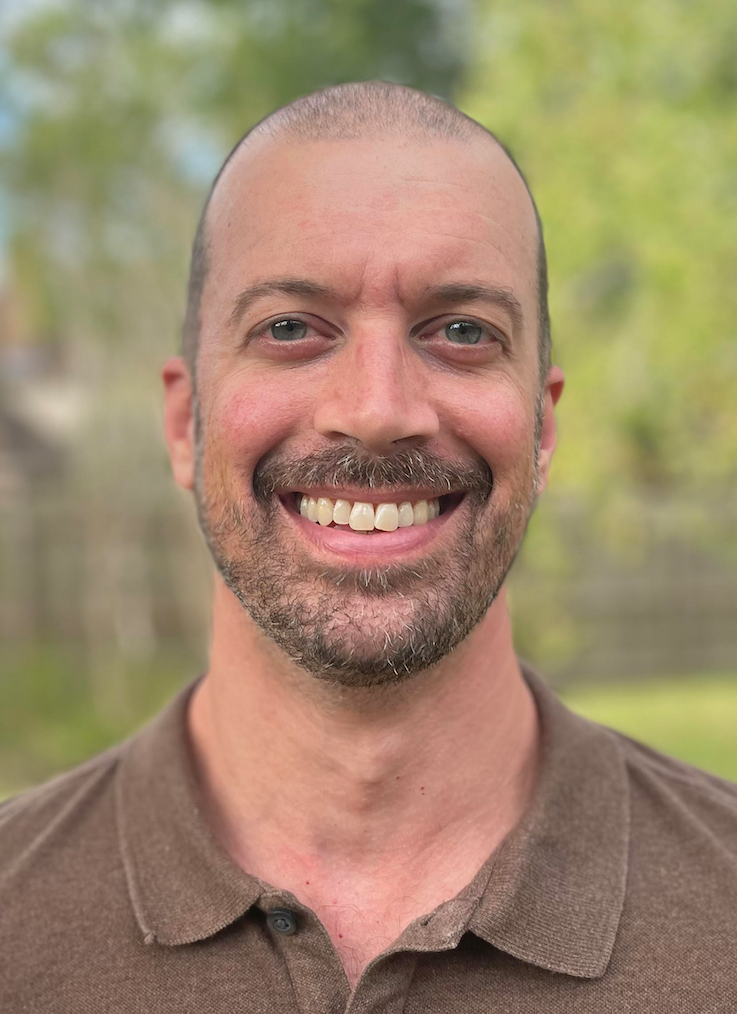Over the past decade drug overdoses and drug overdose deaths have more than doubled.[1] One of the main reasons for this increase is the prevalence of fentanyl in illicit street drugs. While many of us have heard of fentanyl on the news or on social media, some may not know much about it.
What is Fentanyl
Fentanyl is a synthetic opioid first introduced in 1960 as an anesthetic during medical surgery. It then started to be prescribed by doctors as a pain reliever after surgery or for patients with cancer pain. When prescribed by a doctor, fentanyl comes in the form of intravenous shots, patches placed on the skin, and oral lozenges. Brand name prescriptions of fentanyl include Actiq, Duragesic, and Sublimaze.[2]
Illicit Fentanyl Pressed Pills, Powders and Sprays
Fentanyl is a very potent opioid. In fact it is 50 times more potent than heroin and 100 times more potent than morphine. Because of this potency and the drug’s desirability among users, illicit drug manufacturers have increased illegal fentanyl production. Illegally made fentanyl comes in the form of powder, eye drops and nasal sprays, dropped onto blotter paper, and pressed into counterfeit prescription pills. Illegal drug makers have been increasingly including fentanyl in their supply exactly because it is so potent – and this potency will increase demand among addicts. Because fentanyl is 50 times more powerful than heroin, the illicit drug manufacturers can make a lot more drugs for less cost.
Symptoms of Fentanyl Use
Common symptoms of fentanyl use are similar to those observed in users of other opioids. Symptoms include:
- extreme euphoria
- lethargy
- nausea
- confusion
- sedation
- pin-point pupils
- unconsciousness
- cold and clammy skin
- problems breathing
- death[3]
Illegally-made counterfeit pills, or pressed pills, are made to look like real prescription medications like Xanax, Oxycontin, Adderall, or Hydrocodone. Instead of the FDA regulated manufacture of these brand name medications, illegal drug makers are including fentanyl in their formulas.[4] This is highly dangerous and has contributed to the increase in overdose deaths that have spread across the country.
Unfortunately, even though the Federal Drug Administration (FDA) regulates the production and availability of all prescription medication in the U.S., some people become addicted to those prescriptions. Opioids like Vicodin and Percocet, stimulants like Adderall and Vyvanse, and benzodiazepines like Xanax and Valium all have misuse and addiction potential and histories.[5]
The Fentanyl Addiction Cycle
When people become addicted to or misuse use these prescription medications they often have to obtain them in other ways than through their doctor and pharmacy. This leads people to seek out their prescription medication on the street through illicit means. That is when they can unintentionally take a pill laced with fentanyl and overdose. When someone becomes addicted to a medication like Xanax, which isn’t an opioid, they develop a tolerance to that chemical. If they have to eventually obtain what they think is Xanax off the street it most likely isn’t Xanax at all.
These pressed pills are made to look exactly like the FDA regulated brand name medications. They have the same size, shape, color, and indentations, but contain fentanyl instead of the expected medications. So a person who has developed a tolerance to Xanax, taking what they think is a benzodiazepine but in reality is an opioid 50 times more potent than heroin, has a very high probability to overdose and die, or become addicted to the new substance.
Treatment for Fentanyl Overdose
Additional medications have been created to counteract the effects of fentanyl and other opioid addictions. Naloxone is the most popular anti-overdose medication currently available. It is typically found as a nasal spray that can be administered to someone who has overdosed on opioids.[6] Signs of someone experiencing an overdose include:
- constricted pupils
- inability to stay awake
- weak or no breathing
- choking or gurgling sounds
- limp body, and discolored skin[7]
Hope for Fentanyl Addicts
Even though fentanyl is both highly addictive and deadly, there are ways to treat opioid use disorders. Research shows that medication used in conjunction with therapy increases the chance of overcoming addiction to fentanyl and opioids. Buprenorphine is a medication that helps relieve opioid withdrawal symptoms and is widely used in addition to cognitive behavioral therapy and motivational interviewing to treat Opioid Use Disorders. Other medications that can be taken as needed to help ease the discomfort of opioid and fentanyl withdrawal are also recommended including non-narcotic anti-nausea, anti-depression, and anti-anxiety medications.
Engaging in evidenced-based therapies such as cognitive behavioral therapy, motivational interviewing, and 12 Step Facilitation is also vitally important in recovery from fentanyl addiction. Medications can help reverse overdose and ease withdrawal symptoms, but underlying behavioral changes are needed in order to have lasting recovery from addiction.
If you are ready to learn more about breaking the cycle of addiction, contact Bay Area Recovery Centers today.
[1]https://nida.nih.gov/research-topics/trends-statistics/overdose-death-rates
[2]https://nida.nih.gov/publications/drugfacts/fentanyl
[3]https://nida.nih.gov/publications/drugfacts/fentanyl
[4]https://www.dea.gov/sites/default/files/2020-06/Fentanyl-2020_0.pdf
[5]https://nida.nih.gov/publications/research-reports/misuse-prescription-drugs/what-classes-prescription-drugs-are-commonly-misused
[6]https://nida.nih.gov/publications/drugfacts/fentanyl
[7]https://www.cdc.gov/stopoverdose/fentanyl/index.html
